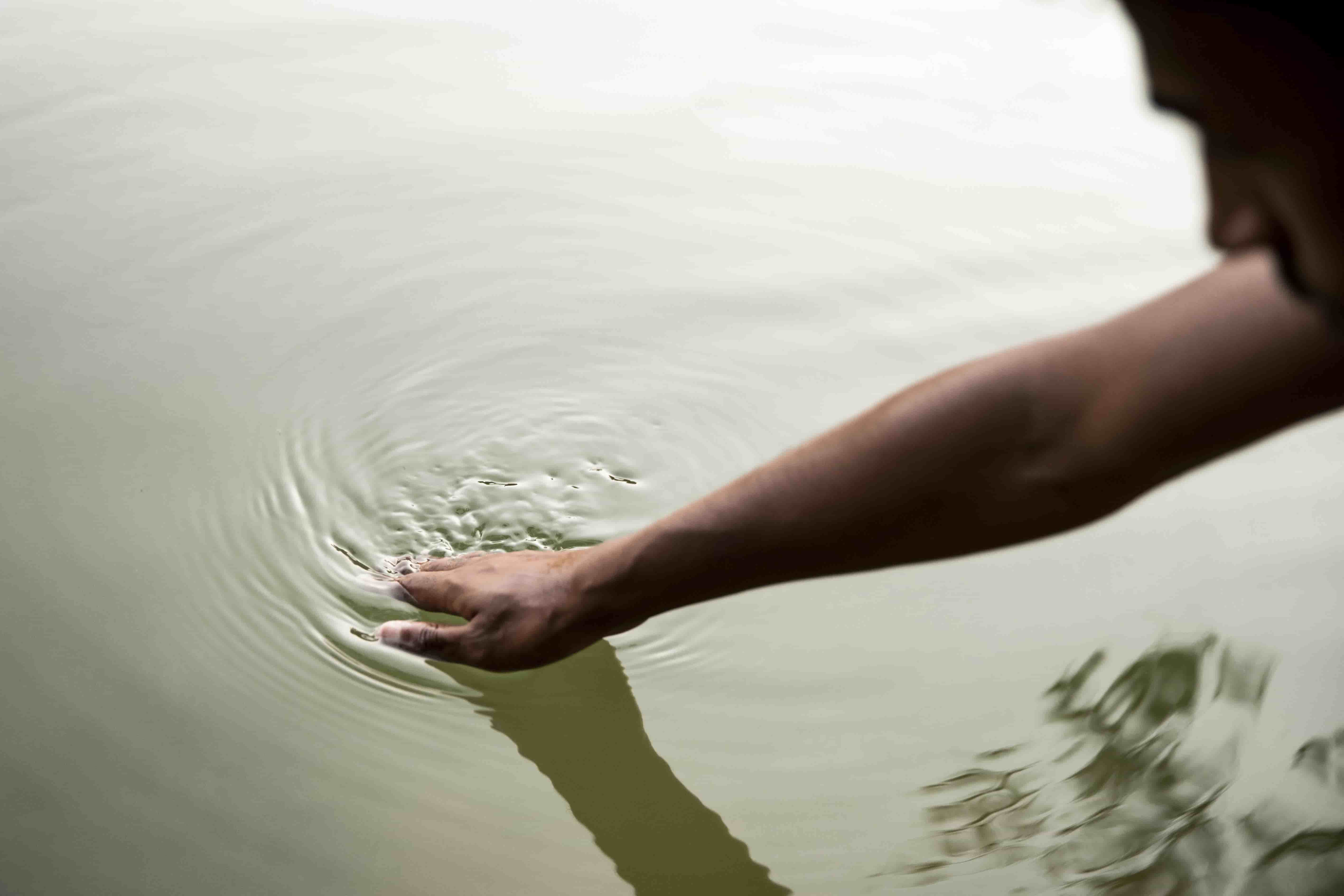Since about 70% of the earth’s land cover is made up of water, it is undoubtedly becoming one of our greatest resources. It is used in almost all spheres and processes of human activity. It is an important element for both domestic and industrial purposes. Nevertheless, a closer look at the planet’s water resources, indicates its poor, threatening condition. The shortage of clean sources is the danger of water pollution.
Both humans and their “neighbors” on the planet – animals, plants, insects – need water for their vital activity. Therefore, deterioration of its quality is a danger for all of us.
What Are Emerging Contaminants?
A variety of compounds collectively known as emerging contaminants have been under the spotlight recently due to their prevalence in water supplies and associated hazards. Emerging pollutants are frequently not covered by normal water quality rules, unlike well-established toxins like lead, arsenic, or chlorine. They may be challenging to identify and properly manage as a result.
Emerging pollutants frequently include:
- Pharmaceuticals and Personal Care Products (PPCPs): These are the ingredients that are present in cosmetics, drugs, and personal care products. These contaminants may enter wastewater treatment facilities by incorrect disposal or human excretion, contaminating nearby water sources.
- Per- and Polyfluoroalkyl Substances (PFAS): Firefighting foam, food packaging, and textiles are just a few of the industries that employ PFAS, a class of man-made chemicals. These substances are notorious for remaining in the environment for a long time and have been connected to harmful health impacts.
- Endocrine-Disrupting Chemicals (EDCs): EDCs may cause hormonal imbalances and other health issues by interfering with the body’s endocrine system. Plastics, insecticides, and a few industrial compounds contain them.
How Do Emerging Contaminants Enter Our Water?
Emerging pollutants’ complicated process of entering our water supply is influenced by a number of factors, including:
- Wastewater Discharge: Wastewater treatment facilities may not be able to efficiently remove contaminants introduced by the dumping of PPCPs, home chemicals, and industrial waste into sewage systems.
- Agricultural Runoff: EDCs and other toxins can contaminate fertilizers, pesticides, and herbicides, which can then leak into groundwater or runoff onto surface water bodies.
- Industrial Discharges: As a byproduct of their operations, manufacturing plants frequently discharge dangerous chemicals into bodies of water. These substances may include PFAS and other potentially harmful ingredients.
- Landfills and Waste Sites: Hazardous waste sites and poorly managed landfills may release pollutants into the groundwater nearby, endangering ecosystems and sources of drinking water.
What We Know About Their Effects
The impacts of emerging contaminants on human health and the environment are still not fully understood, which is a cause for concern. However, some studies and observations have provided valuable insights:
- Health Risks: PFAS and EDCs are examples of emerging pollutants that have been linked to a variety of health disorders, including cancer, developmental difficulties, and hormone imbalances. To ascertain the scope of these dangers, research is ongoing.
- Environmental Harm: These pollutants have the potential to build up in aquatic ecosystems, impacting aquatic life and possibly upsetting food chains. Concerns concerning bioaccumulation have arisen as a result of the detection of high levels of PPCPs, for instance, in fish.
- Resistance and Persistence: Effective removal of some new pollutants is difficult because they are resistant to common water treatment procedures. Long-term exposure may result from their tenacity in the environment.
Mitigation and Regulation
A multifaceted strategy is necessary to address the problem of developing contaminants:
- Enhanced Monitoring: To reliably identify the presence of new pollutants in water supplies, better monitoring and testing techniques are required.
- Regulatory Action: To account for newly discovered contaminants, governments and regulatory agencies must adapt and update water quality rules. Setting maximum permitted concentrations and putting treatment technologies in place can help with this.
- Public Awareness: Increasing public understanding of safe drug and home chemical disposal can help to limit the amount of these toxins entering water supplies.
- Research and Innovation: Addressing this problem requires ongoing investigation into the impacts of novel pollutants and the creation of more efficient treatment techniques.
Bottom Line
A rising issue for the quality of our water supply is emerging pollutants. Although we have come a long way in comprehending their existence and potential dangers, there is still much to learn. We must monitor, control, and reduce the impact of these toxins on our water supplies in order to protect both human health and the environment. We can only ensure that everyone has access to clean, safe drinking water by working together, conducting ongoing research, and making informed decisions.
